
How To Paint A Door
How to emulsion a door step by step. Paint a door easily with this step by step door painting overview.
Learn How To Paint A Door With White Emulsion Paint
Paint A Door Step By Step
Painting doors is always a chore especially when you use gloss paint which takes forever to dry sometimes and it stinks, so with that in mind I decided to paint a door with quick drying White Matt Emulsion paint and show you how to prepare the door and generally make it look really easy instead of a daunting DIY home improvement task. The idea behind this is to lead into a series of planned mural painting articles which I have been planning for awhile for my kids bedrooms as they really need decorating and they have asked me to paint some cool fantasy characters on their walls and have been asking nearly every week since we moved into our house over a year ago.
When painting anything it is always best to be prepared and have everything that you need directly at hand before you start and so lets do a quick equipment check for painting this door.
- A thin paint brush so that you can paint around the door handle
- A Pot of White Matt Emulsion.
- A sanding block with sand paper.
- A long foam paint roller.
- A paint tray big enough to accomodate your roller.
See the photos below of all of the equipment, just to check you have the right stuff....
Door Preparation
Sanding The Door To Provide A Key For Painting
In the case of a brand new door like mine that hasn't been painted before you will have to do more than 2 coats of paint as the first one will sink into the door slightly. The white Emulsion looks nice and bright when you paint it onto the prepared door later on. Sanding helps to provide a surface area that is easier for the paint to adhere too and sanding in between coats isn't essential with Emulsion paint even though professional decorators will tell you otherwise.
Preparing The Door
Sanding The Door
Start To Paint Your Door Now
When applying the first coat always paint along the grain of the wood so I paint long ways from the top of the door to the bottom and continue to paint and don't worry about any patchy areas as these will disappear with the second and third coat of White Emulsion.
Painting Your First Coat Of Emulsion
Painting The Door
Painting A Door Step By Step Photos
Just So You Can See The Full Steps To Painting The Door
Paint Around Door Handle
Now, using the small thin paintbrush you can now begin to paint around the handle and you can if you want put some masking tape along the handle that's the professional way, but the Emulsion does wipe off quite easily so don't worry too much about it unless you have fancy intricate antique dorro handles then plases do take precautions and mask up the areas nearest to the wood.
Try and follow the exact way you applied the paint with the roller up and down motions that follow the grain pattern of the wood.
Look Back On Your First Coat Of Paint
Let It Dry
Between coats of paint you have to let them dry before the next coat is applied and this gives you the perfect opportunity to assess your work so far. You'll notice that often there are patchy areas that will be covered in the next couple of layers of paint and especially the brush work around the door is noticeable with the streaks, but this will be sorted again in the next coat of Emulsion.
Let Your Paint Dry In Between Coats
Paint The Second Coat
Paint in the second coat now following on from how you did the first coat and you'll immediately see that it will cover those patchy areas, although a final coat will be needed to smooth the clean look of the white paint. In the video I say not to go over the same areas with the roller but quickly ignore my own advice but really it's not essential as you can get rid of the patchyness of the first coat so long as the first coat is totally dry like in this video.
Paint Your Second Coat Now
Things To Think About After Painting Your Door
Now all that is left for you to do is give a final coat if your door needs it, because different types of paint maybe thinner or thicker and I have a thinner type which requires a third and final coat of paint.
Now thinking of the aftercare of your painted door, you may need some kind of clear varnish to help protect the emulsion paintwork that won't be as strong as a gloss coat of paint.
You may not want to varnish the door however as when the door paint gets chipped you can simply repaint the area again.
Emulsioning a door has less paint odour than Gloss paint so just get busy and paint your doors right now!
You might also like
Wall Decals For Childen's RoomIntroducing easy to apply wall decals for any home decorating taste. The che...
Jelly Cabinet - unfinished furnitureTo get a piece of furniture, like a jelly cabinet, to match the colors of you...
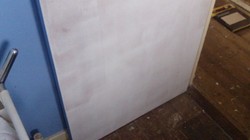

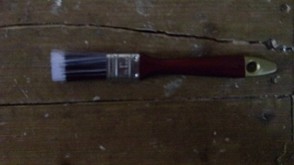
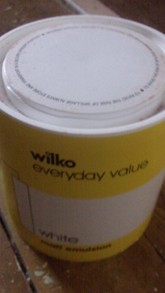

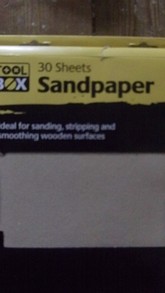
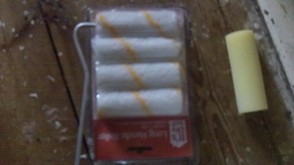
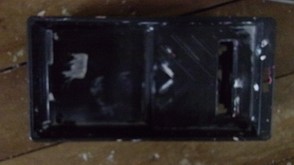
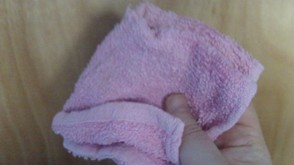


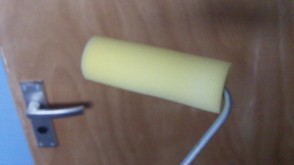
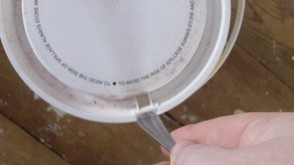
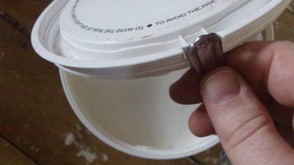
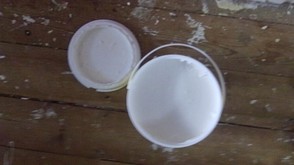
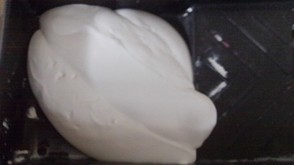
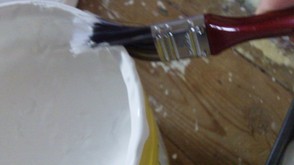
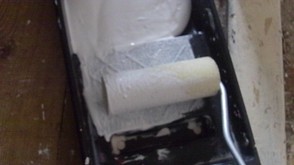



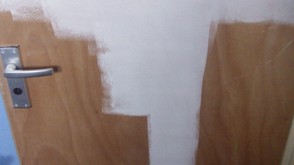
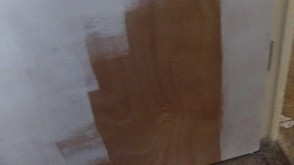

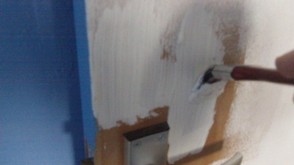
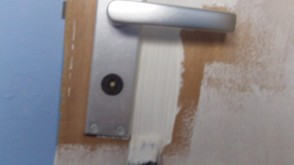
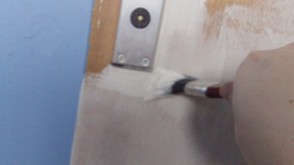
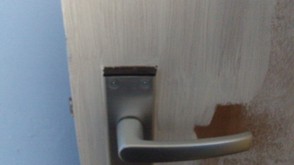


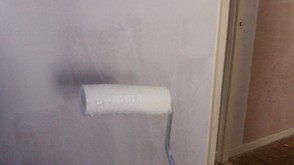
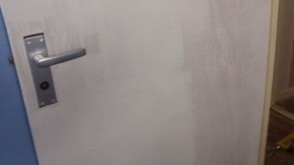
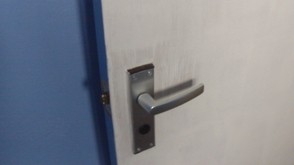

 How To Draw A Ghost Rider Skull Step By Stepon 04/24/2012
How To Draw A Ghost Rider Skull Step By Stepon 04/24/2012
 How To Paint With Acrylicson 11/01/2012
How To Paint With Acrylicson 11/01/2012
 How To Draw Carnageon 08/25/2012
How To Draw Carnageon 08/25/2012
 How To Draw Spawnon 05/25/2012
How To Draw Spawnon 05/25/2012


Painting A Door With White Matt Emulsion
The first paragraph to the first subheading, Learn How To Paint A Door With White Emulsion Paint Paint A Door Step By Step, addresses emulsion versus gloss paint.
What are the advantages of emulsion over gloss and gloss over emulsion paints?
Might something be doable against the drying times and the smell of gloss paints?